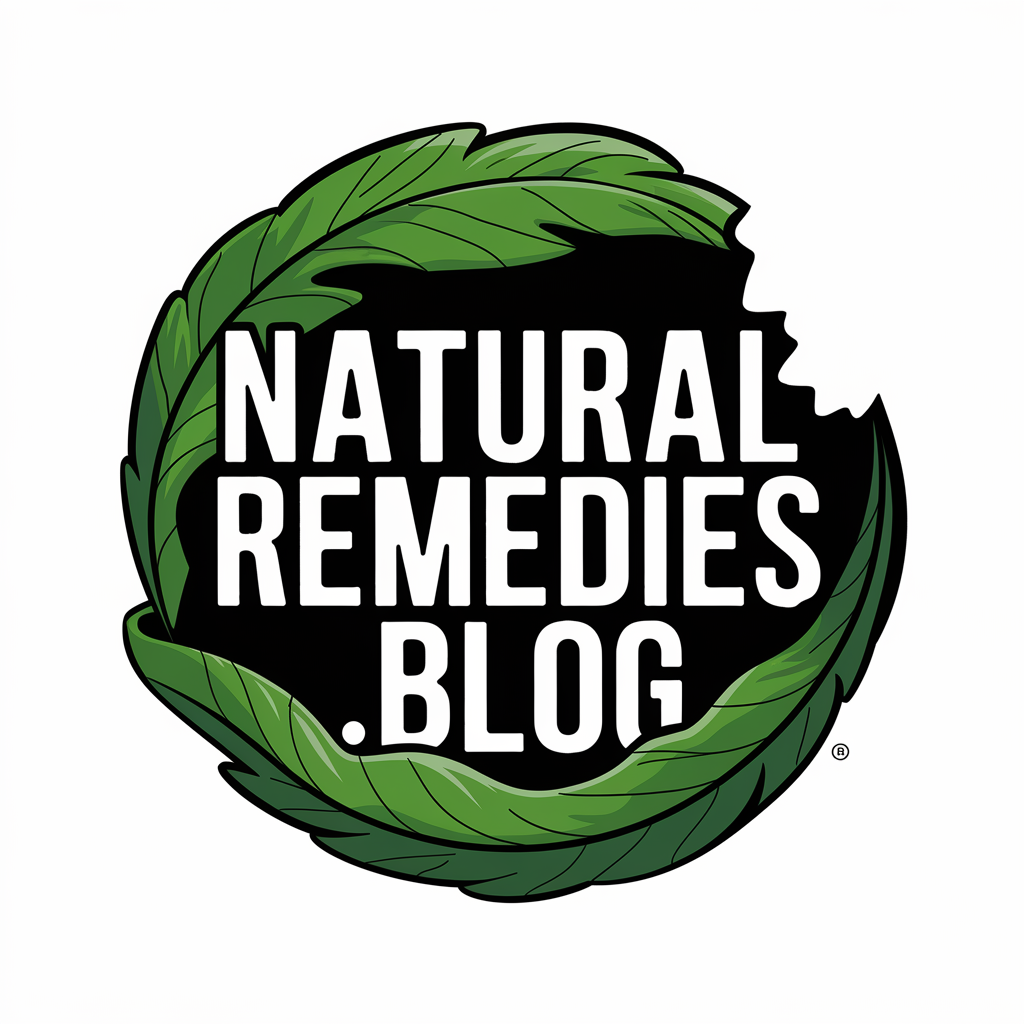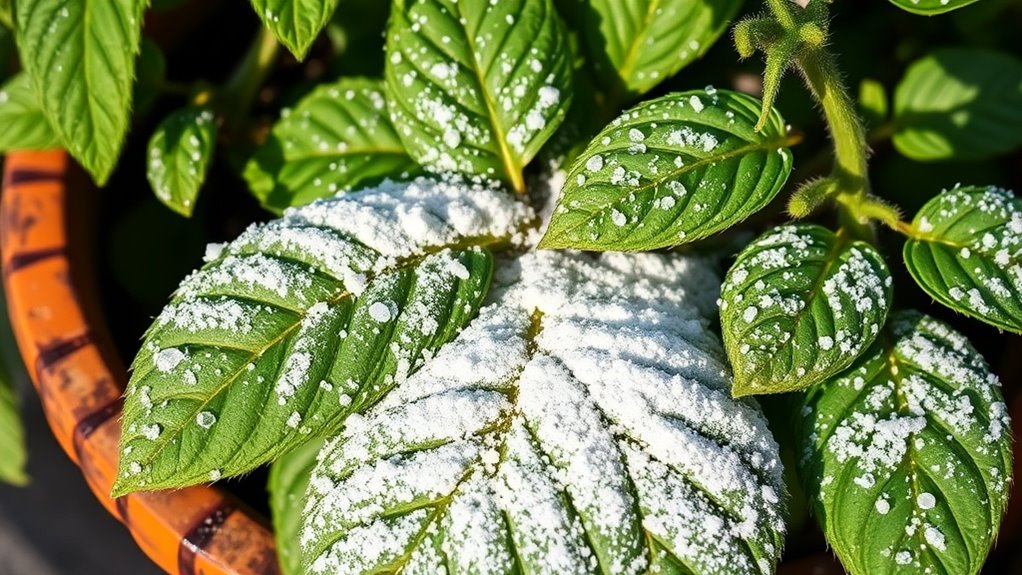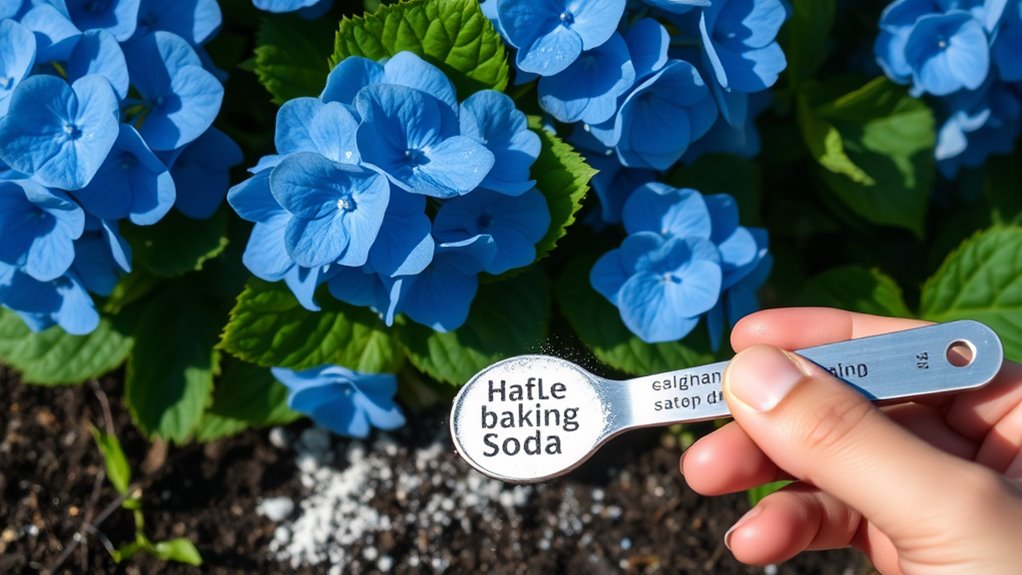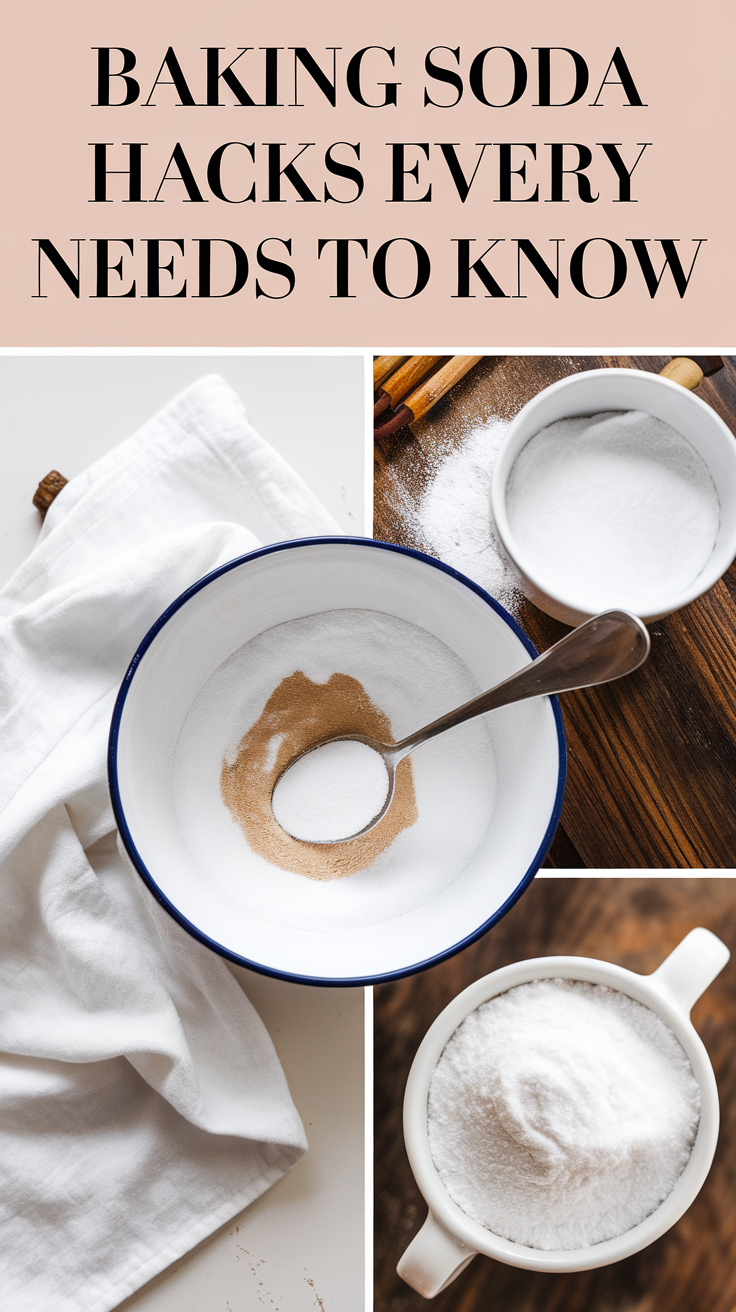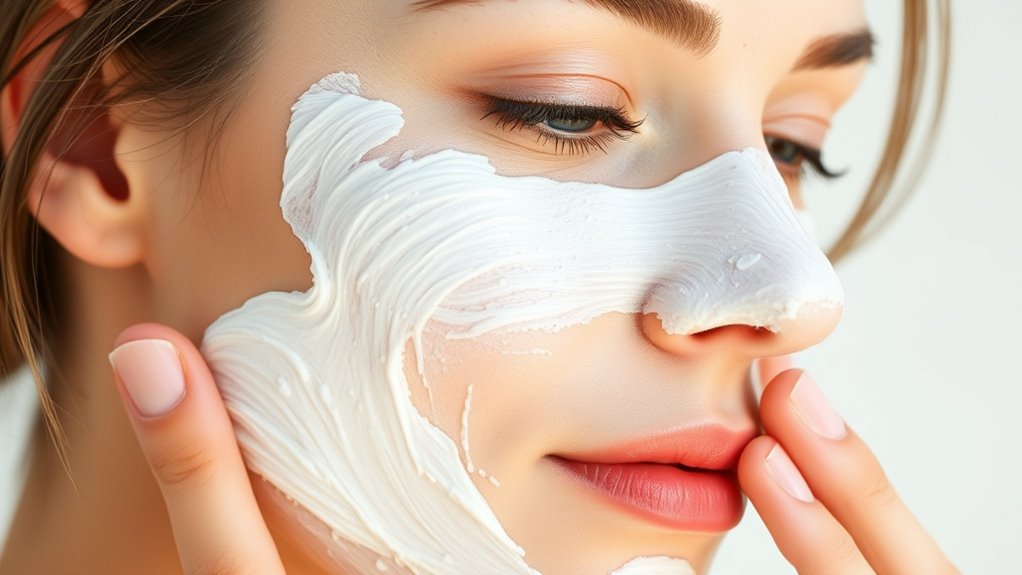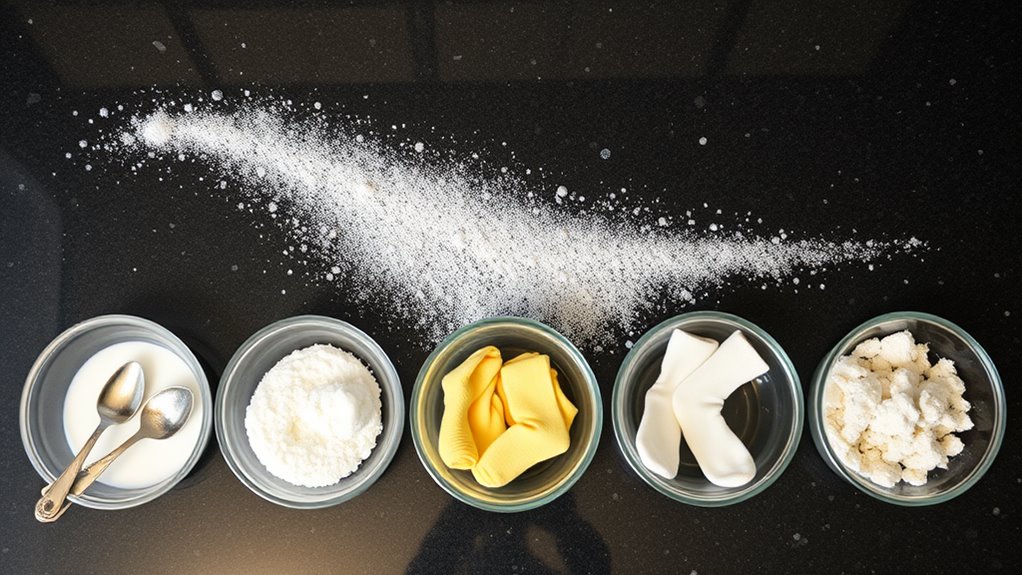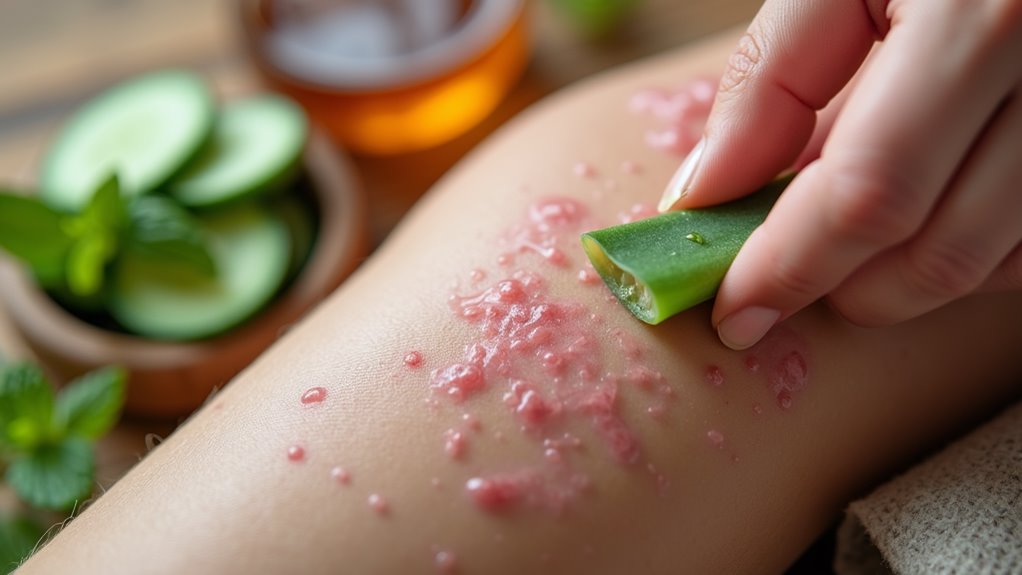Baking Soda Tricks Gardeners Love for Their Plants
You’ll transform your garden with baking soda’s versatile applications that professional gardeners swear by. Mix it with water to prevent fungal diseases on roses and tomatoes, sprinkle it around hydrangeas to adjust bloom colors, or combine it with flour to combat garden pests naturally. This affordable pantry staple can balance soil pH and boost flower vibrancy when applied correctly. Discover five essential techniques to maximize your garden’s potential with this powerful ingredient.
Understanding the Power of Baking Soda in Garden Care
While many gardeners stock their sheds with expensive products, baking soda stands out as a versatile and cost-effective solution for numerous garden challenges. This simple compound helps balance soil pH, making it particularly useful when growing hydrangeas.
You’ll find that baking soda’s alkaline properties can shift the flower color from pink to blue, giving you control over your hydrangeas’ appearance.
Beyond pH adjustment, baking soda serves as a natural fungicide, prevents mildew growth, and helps control pest infestations.
It’s non-toxic, environmentally friendly, and won’t harm beneficial insects or soil microorganisms when used correctly.
Natural Disease Prevention and Treatment Methods
Building on baking soda’s natural fungicidal properties, you can implement several proven disease prevention methods in your garden.
Mix one tablespoon of baking soda with a gallon of water and spray it on your plants’ foliage every two weeks to prevent powdery mildew and black spot disease. For existing fungal infections, increase the concentration to two tablespoons per gallon.
You’ll find this solution especially effective for roses, cucumbers, and tomatoes. Apply the spray early in the morning to allow leaves to dry completely. Don’t forget to treat both sides of the leaves and reapply after heavy rain.
Boosting Flower Color and Vibrancy
When hydrangeas and other pH-sensitive flowers need a color boost, baking soda’s alkaline properties can work wonders.
To intensify blue hydrangeas to pink or red, sprinkle 1/2 cup of baking soda around the plant’s base, working it gently into the top layer of soil.
You’ll need to repeat this process monthly during the growing season.
For vibrant peonies and roses, mix one tablespoon of baking soda per gallon of water and apply it as a foliar spray.
This solution helps balance soil pH and enhances nutrient uptake, resulting in brighter blooms.
Apply the mixture early morning or late evening for best results.
Soil Ph Adjustment Techniques
Beyond specific flower applications, baking soda serves as a versatile tool for overall soil pH management. When your soil’s too acidic, you’ll need to raise its pH level.
Mix 1 tablespoon of baking soda with 1 gallon of water and apply it to your soil gradually. Test your soil’s pH between applications to avoid overshooting the target range.
For larger areas, sprinkle baking soda directly onto the soil at a rate of 1 cup per 4 square feet. Incorporate it into the top layer with a rake.
Remember that adjusting pH is a slow process – don’t rush it, or you’ll risk shocking your plants.
Garden Pest Control Solutions
Several garden pests meet their match when confronted with baking soda’s natural deterrent properties. You’ll find it effective against cabbage worms, slugs, and certain types of ants.
Mix one tablespoon of baking soda with equal parts flour, then dust it around affected plants to create a protective barrier.
For mildew problems, combine one tablespoon of baking soda with a gallon of water and add a few drops of liquid soap.
Spray this solution on affected leaves weekly. It’s particularly useful for roses, cucumbers, and squash plants that often suffer from powdery mildew.
Remember to reapply after rain.
Application Methods and Safety Guidelines
Safe application of baking soda solutions requires careful attention to concentration levels and timing. Mix 1 tablespoon of baking soda per gallon of water for most garden applications. Always test on a small area first and wait 24 hours to check for adverse reactions.
Apply your solution during dry weather in early morning or late evening. Don’t spray during peak sun to prevent leaf burn.
Avoid contact with plant roots and soil to maintain proper pH balance. Reapply weekly for fungal issues, but don’t exceed three consecutive treatments. Additionally, monitor your plants for signs of fungal growth to determine if adjustments to your application frequency are necessary.
Wear gloves and eye protection when mixing and spraying solutions.
